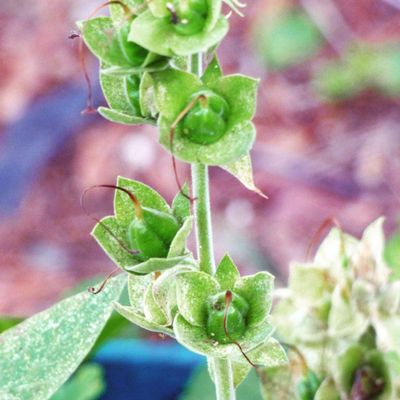Is Foxglove Winter Care Necessary?
Foxgloves can be a source of much frustration for the gardener. I frequently talk with customers who are upset about having lost their foxglove, wondering what they did wrong to kill it. Many times, it’s nothing that they did wrong; the foxglove plant just lived its life cycle and died. Other times, customers come to me concerned about why their foxglove grew leafy foliage but did not flower. The answer to this, too, is just the plant’s nature. Biennial foxglove usually does not bloom its first year. During its second year, it blooms beautifully, then sets seed and dies. True perennial foxglove, like Digitalis mertonensis, D. obscura, and D. parviflora may flower each year but they still only live a few short years. However, they all leave behind their seeds to carry on their beautiful legacy in the garden. Furthermore, knowing how to care for foxglove in winter can help ensure additional blooms each season. It is very important to note that foxglove is a toxic plant. Before doing anything with foxglove, be sure you are wearing gloves. While working with foxgloves, be careful not to put your gloved hands on your face or any other bare skin. After handling the plant, wash your gloves, hands, clothes, and tools. Keep foxglove out of gardens that are frequented by children or pets.
Foxglove Plant Care in Winter
Most foxglove plants are hardy in zones 4 to 8, with a few varieties hardy in zone 3. Depending on variety, they can grow 18 inches (46 cm.) to 5 feet (1.5 m.) tall. As gardeners, it is in our nature to always keep our flower beds neat and tidy. An ugly, dying plant can drive us nuts and make us want to run right out and cut it down. However, too much fall preparation and cleanup are often what causes foxglove not to survive winter. In order to have more foxglove plants the next year, the flowers need to be allowed to bloom and set seed. This means no deadheading spent flowers or you will not get seeds. Naturally, you can buy new foxglove seeds each year and treat them like an annual, but with patience and tolerance you can also save a little money and let your foxglove plants provide their own seed for future generations of foxglove plants. After the plant has set seed, it is okay to cut it back. Biennial foxglove will set seed its second year. The first year it is okay to cut the plant back when the foliage begins to die back because there is no flower or seed production. Perennial foxglove plants should also be allowed to set seed for future generations. After they produce seed, you can collect them to sow indoors in early spring or leave them to self-sow in the garden. When winterizing foxglove plants, cut first year biennials or perennial foxglove back to the ground, then cover the plant crown with a 3 to 5 inch (8-13 cm.) layer of mulch to insulate the plant through winter and help retain moisture. Unprotected foxglove plants can dry out and die from the brutally cold winds of winter. Foxglove plants that have grown throughout the garden from natural self-sowing can be gently dug up and replanted as needed if they are not exactly where you want them. Again, always wear gloves when working with these plants.
